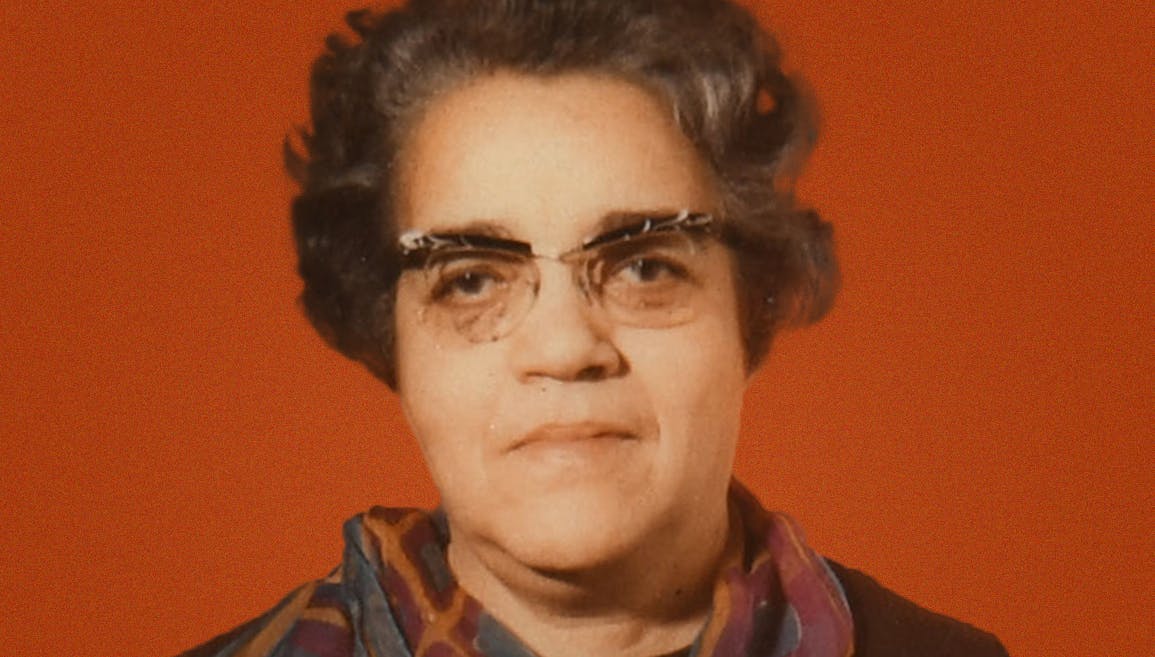Ordinary Manuscript, Extraordinary Women
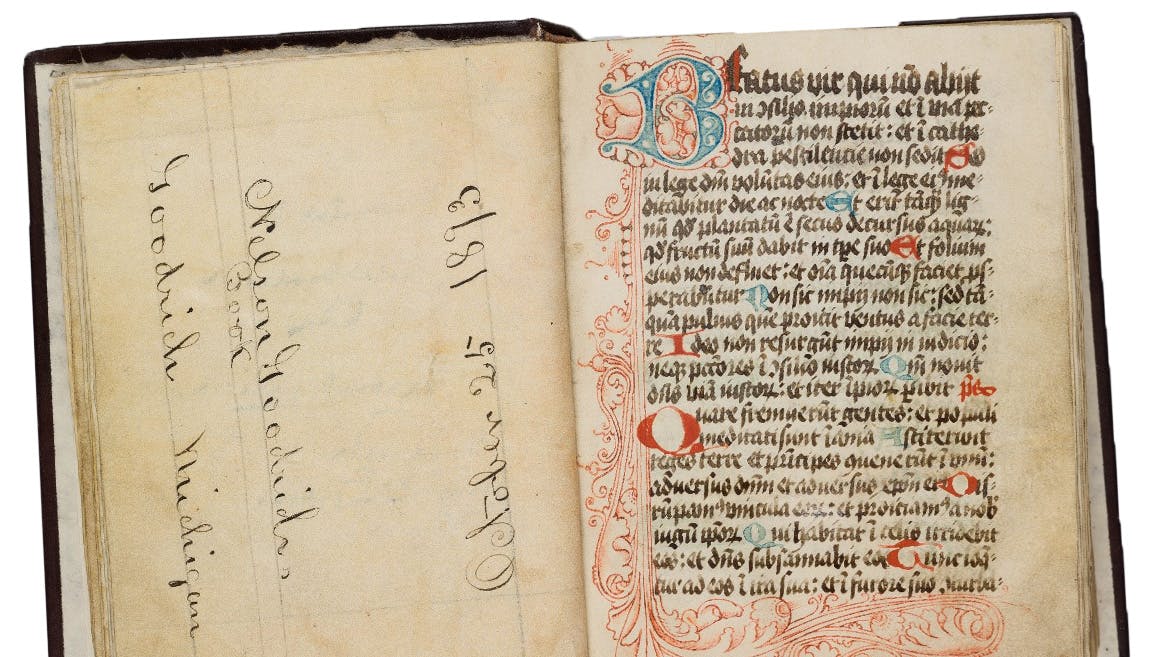
Quick! Name as many famous medieval women as you can! You have ten seconds. Go!
Time’s up! Guinevere, Maid Marian, and the Wife of Bath don’t count because they’re fictional. All of Henry VIII’s wives are too modern. Most people in the twenty-first century who are not medievalists would have trouble making a list. Most would start with the heroic warrior Joan of Arc. They might remember Eleanor of Aquitaine, especially if they have seen the film The Lion in Winter, or perhaps Hildegarde of Bingen, whose music and writings are popular today. Visitors to Museum of the Bible might even recall Elizabeth de Bohun, Countess of Northampton, who commissioned the exquisite fourteenth-century manuscript on display on the History of the Bible Floor.
Recent provenance research on an ordinary-appearing Latin manuscript in the Museum Collections has revealed a work written by a fourteenth-century woman, Birgitta Birgersdotter, better known today as St. Birgitta (or Bridget) of Sweden (ca. 1303–1373). The manuscript dates to the first half of the fifteenth century. It was created for use in a Dutch or Flemish convent belonging to the Order of the Most Holy Saviour, commonly called the Birgittines, the order Birgitta founded in Sweden in 1346. Like Elizabeth de Bohun’s manuscript, it contains a calendar of saints’ feast days and the Psalter, with the psalms written in numerical order. Rather than the common book of hours used by lay people for their personal devotions, the manuscript has the Birgittine Divine Office, or Breviary, divided into readings for each day of the week.
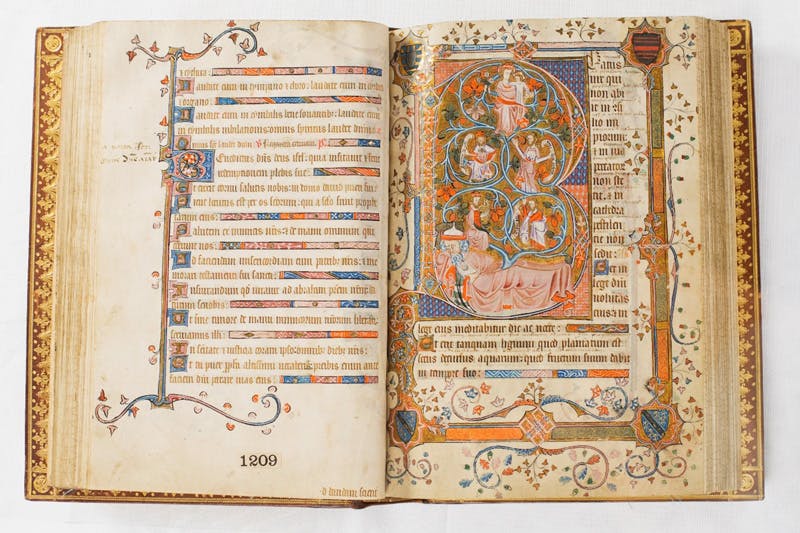
Figure 1: The lavishly decorated Hours and Psalter of Elizabeth de Bohun. The illuminated and historiated initial B marks the beginning of Psalm 1. Its ornate decorations emphasize the wealth and power of the manuscript's owners.
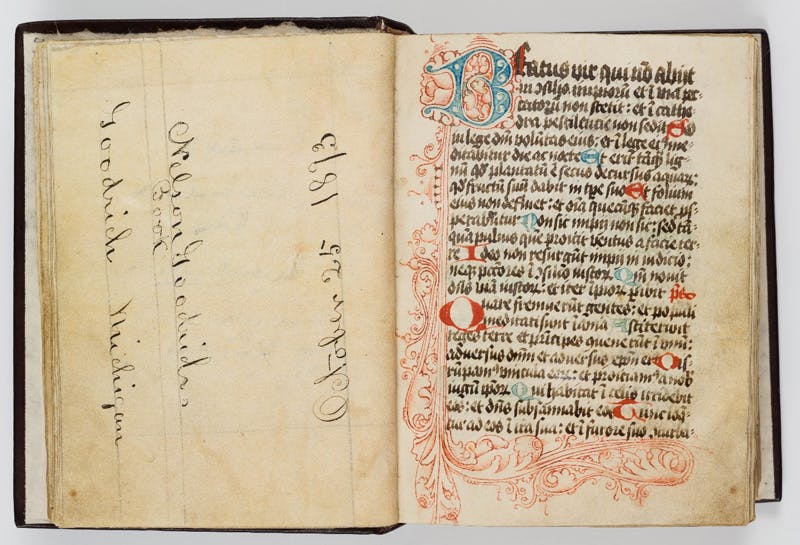
Figure 2: Compare the beginning of Psalm 1 in the Birgittine Psalter and Divine Office to the image of Elizabeth de Bohun's manuscript. The simplicity of the Birgittine manuscript reflects the humility of the nuns in the convent where it was produced.
The 21 chapters of Birgitta’s Sermo angelicus (Angelic Discourse) are also interspersed among the readings. Every day at Matins, Birgittine nuns would read aloud three passages from the Sermo angelicus grouped according to the theme of the day’s lesson drawn from the life of Mary, Jesus’s mother. Taken as a whole, the Sermo angelicus describes the central role of Mary in the Christian understanding of salvation history. It contrasts Mary’s humility and obedience with the prideful disobedience of Adam and Eve. It compares Mary to Noah’s ark, because just as the ark saved humanity from destruction, so too did Mary carry within her a son destined to save the world. It emphasizes Mary’s faith, saying she continued to believe in Jesus even after his suffering and death on the cross and before the resurrection. Throughout the work, Birgitta uses superlatives to describe Mary as an extraordinary woman.
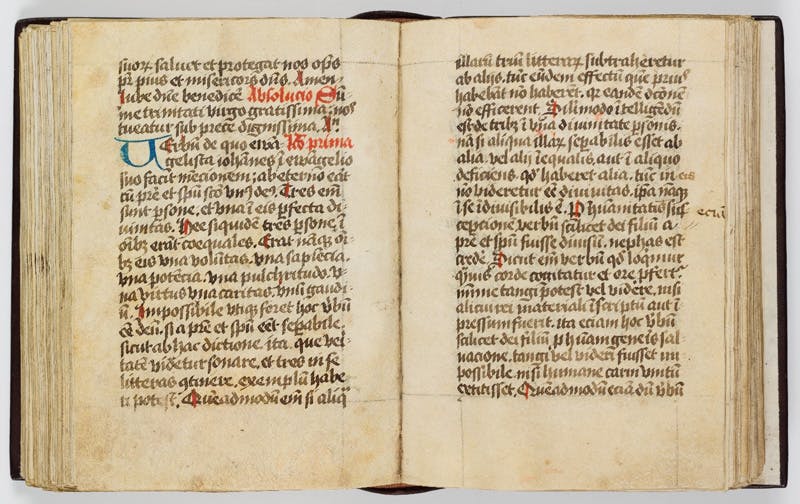
Figure 3: The blue initial U (actually V) on the left page marks the beginning of the Sermo angelicus. It begins with a reference to the start of the Gospel of John. This was the first morning reading on a Sunday.
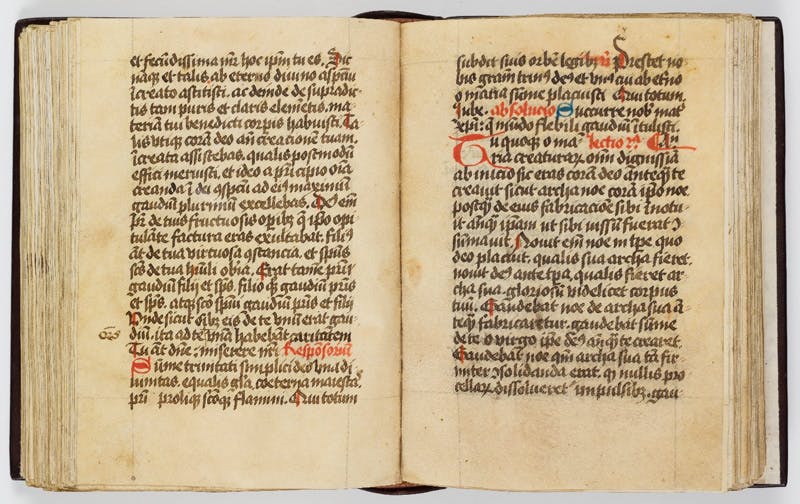
Figure 4: The red initial T on the right page marks the beginning of Sunday's second reading. The text of this reading compares Noah's ark to Mary. Note on the left page that one of the nuns added a correction in the left margin. The scribe left out the word “omnibus” (all) and someone wrote it in an abbreviated fashion in the margin.

Figure 5: The blue initial I on the left page begins the second reading for Friday, in which Birgitta describes Mary's thoughts and feelings as she observed the crucifixion of Jesus. In the next pages, the passage recalls the prophecy of Simeon that her soul would be pierced with a sword (Luke 2:35).
Birgitta herself led an extraordinary life. Her parents, Birger Persson and Ingeborg Bengtsdotter, were wealthy but known for their piety and many acts of charity. They saw to it that Birgitta was well-educated, especially in matters of religion. When she was seven, she had the first of many visions of Jesus crucified. She later recounted the visions to her confessors, who translated them from Swedish into Latin and compiled these as her Revelations. At the age of 13, she married Ulf Gudmarsson, with whom she had eight children, four sons and four daughters, one of whom was St. Catherine of Sweden. The couple was devout and, like her parents, were well known for their charity. Between 1341 and 1343, they made a long pilgrimage to Santiago de Compostela in Spain. Ulf nearly died from sickness during the return journey. He recovered, but died in 1344, shortly after their return to Sweden. After a period of mourning, Birgitta gave away her belongings and devoted her life to the service of others. With the help of King Magnus of Sweden, she founded the Abbey of Vadstena, which became the home of her order, the Birgittines.
In 1349, when outbreaks of the bubonic plague ravaged Europe, Birgitta made the long, perilous journey from Sweden to Italy with her daughter Catherine. They settled in Rome, where Birgitta lived for the rest of her life, except for times when she went on pilgrimages. The two women became well known for helping Rome’s poor and sick people. Birgitta spoke out against corruption in the Church and implored the popes to return from Avignon to Rome. She also tried to convince the leaders of France and England to end the Hundred Years’ War. She was not successful, but repeated failures did not stop her from trying.
Scholars today believe Birgitta wrote the Sermo angelicus in 1353 or 1354 while living in a house near the Church of San Lorenzo in Damaso. This information comes from the preface to the Sermo angelicus that is present in some versions of the manuscript but is lacking when the text appears in the Birgittine Divine Office.[1] One of the rooms had a view of the altar of the church that allowed her to see the priest celebrating mass each day. Birgitta said an angel appeared to her frequently and dictated what to write down, and so each day after her prayers, she would wait with her tablet, parchment, and pen. After the angel left, she would take what she had written to her confessor, Magister Petrus Olaf, who translated it into Latin. Some days she apologized that the angel had not come, so she had nothing written to give to her confessor. Apparently, even angels suffer from writer’s block!

Figure 6: Birgitta of Sweden on an altarpiece in Salem church, Södermanland, Sweden. Image in the Public Domain.
Modern scholars point out that even though Birgitta was a noblewoman, it would have been hard to get medieval men to listen to her unless they were convinced what she said came from divine or angelic inspiration. She succeeded in this and so advised popes and kings. When she died in 1373, her reputation for holiness was widespread. The following year, Catherine accompanied her mother’s body back to Sweden, where Birgitta was interred in Vadstena Abbey. Catherine served as the abbess there until her death in 1381. Pope Boniface IX canonized Birgitta in 1391, a mere 18 years after her death. In 1999, Pope John Paul II named her one of the patron saints of Europe.
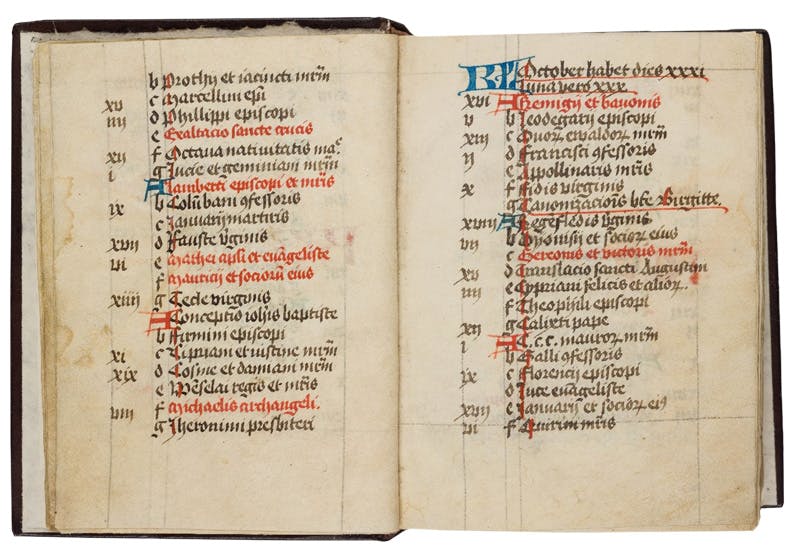
Figure 7: The calendar for October 7 records the anniversary of the canonization of St. Birgitta in 1391, underlined in red.
As a holy woman, mother, widow, and mystic, she inspired women in her own time and ours. Her Sermo angelicus offers us a rare perspective on the medieval world, for it was written by a woman, about a woman, for women.
By Brian Hyland, Senior Curator
Notes
1. For the preface, see Sten Eklund, ed., Samlingar Utgivna av Svenskafornskriftsällskapet, Ser. 2, Latinska Skrifter, Band VIII:2, Sancta Birgitta, Opera Minora II, Sermo angelicus (Almqvist & Wiksells Boktryckeri AB: Uppsala, 1972), 75–76; accessed here: https://litteraturbanken.se/f%C3%B6rfattare/Birgitta/titlar/OperaMinora2/sida/75/faksimil.


